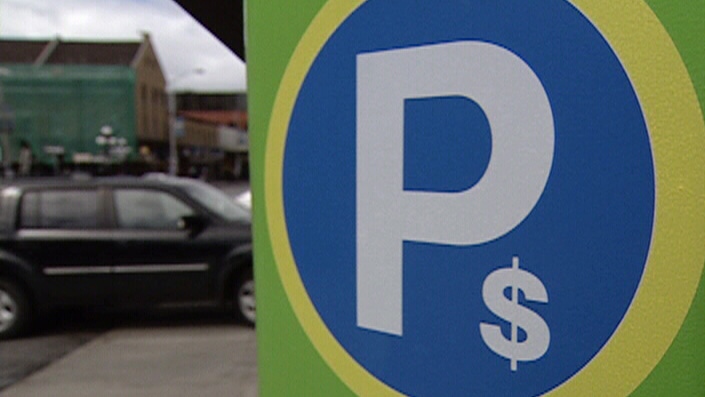It will cost drivers more to park in some parts of Ottawa, but a few other parts of the city will see a drop in rates.
The City of Ottawa’s on-street parking rates changed Aug. 12 in 11 of the city’s 20 paid parking zones. Rates increased in seven zones and dropped in four.
Parking rates are now $4 an hour in the following zones:
-
Little Italy South (all paid parking on Preston Street south of Hwy. 417 as well as adjacent side streets – Young Street East, Aberdeen Street, Beech Street, Norman Street and Pamilla Street) -
Chinatown (all paid parking on Somerset Street West and the immediately adjacent side streets between the O-Train tracks) -
Glebe South (all paid parking along Bank Street and the immediately adjacent side streets between Holmwood Avenue and First Avenue) -
Downtown (all paid parking between Bronson Avenue and the Rideau Canal that is north of Nepean Street, including Nepean Street) -
King Edward (all paid parking on King Edward Avenue between Mann Avenue and Osgoode Street) -
ByWard Core (all paid parking in the ByWard Market and surrounding area from Rideau Street (not including Rideau Street) to Murray Street (including Murray Street) to Dalhousie Street)
The rate is now $4.50 an hour on Ruskin Street near the Ottawa Hospital Civic Campus, a $1 per hour increase.
The following zones have seen a drop in rates:
-
Holland Cross (Holland Avenue, Spencer Street and Hamilton Avenue North) dropped from $1.50 to $1 an hour -
Vanier (Montreal Road, Montgomery Street and Selkirk Street) dropped from $2 to $1.50 an hour -
Terminal (Terminal Avenue and Sanford Fleming Avenue) dropped from $1.50 to $1 an hour -
Rideau (all paid parking on Rideau Street and immediately adjacent side streets, east of King Edward Avenue) dropped from $1.50 to $1.
Parking costs remain unchanged elsewhere in the city. It remains free on sections of Richmond Road, Wellington Street West, Somerset Street West, Danforth Avenue, Churchill Avenue and Holland Avenue, but a $3 per hour rate will be implemented next spring.
These changes are expected to generate $440,000 in revenue for Parking Services.
“This process will increase rates where demand for parking is very high to encourage turnover and create more available parking, and decrease rates where demand for parking is very low to increase demand,” the City of Ottawa says.
This is the first step in Ottawa’s new demand-based parking pricing system. Under the new model, there will be a single rate in each of the 20 on-street paid parking zones in Ottawa. The rates will be determined based on demand in the neighbourhood parking zones for two consecutive periods – May/June and September/October.
Beacon Hill-Cyrville Ward Coun. Tim Tierney, chair of the city’s transportation committee, says the new model is about keeping communities moving.
“We actually want to make sure that we’re turning over traffic into areas that see less business. This isn’t all about generating revenue for parking services, this is also to make sure cars shift around and we get more people going into businesses as well,” he told CTV News Ottawa
“This was unanimously supported at council and committee because we actually saw some very confusing situations when it comes to the Civic Hospital, for example. A very widely used hospital neighborhood, a lot of people that, unintentionally might have been employees parking in those areas, so it wasn’t allowing for the turnover that was necessary. And a lot of people were very frustrated that they couldn’t go in for a simple visit for an hour or up to two maximum, and instead had to pay the parking rates at $20 for two hours in the parking lot.”
Ottawa currently has 3,790 on-street parking spaces across the 20 zones, with the vast majority of the spaces charging $3.50 an hour.
Some residents say the city should use the millions of dollars generated by automated red-light and speed cameras; however, Tierney says it’s not feasible to go down that road.
“That money [from automated enforcement] doesn’t actually go into general revenues, it’s only to keep the streets safe,” he says. “The minute we move it to general revenues, you can call it a cash grab. When you’re redesigning streets, when you’re putting in table toppers or speed humps, doing those very heavy construction ways of reconstructing a street to slow people down, that’s where that money goes and we don’t want to put that in the general revenues because then it takes away from what that actual purposes.”
–With files from CTV News Ottawa’s Josh Pringle and Tyler Fleming

